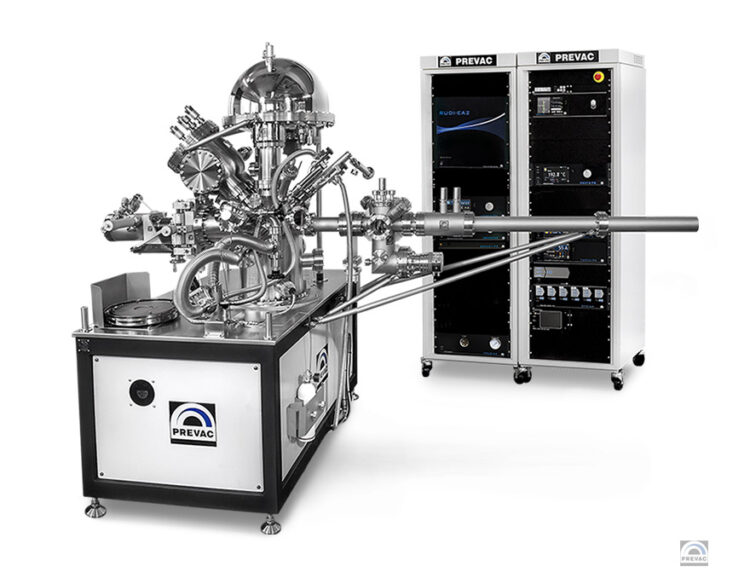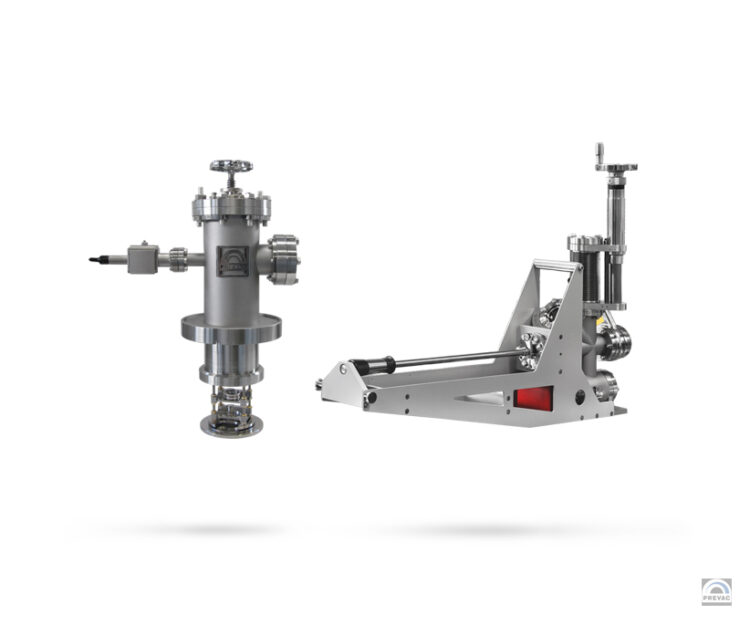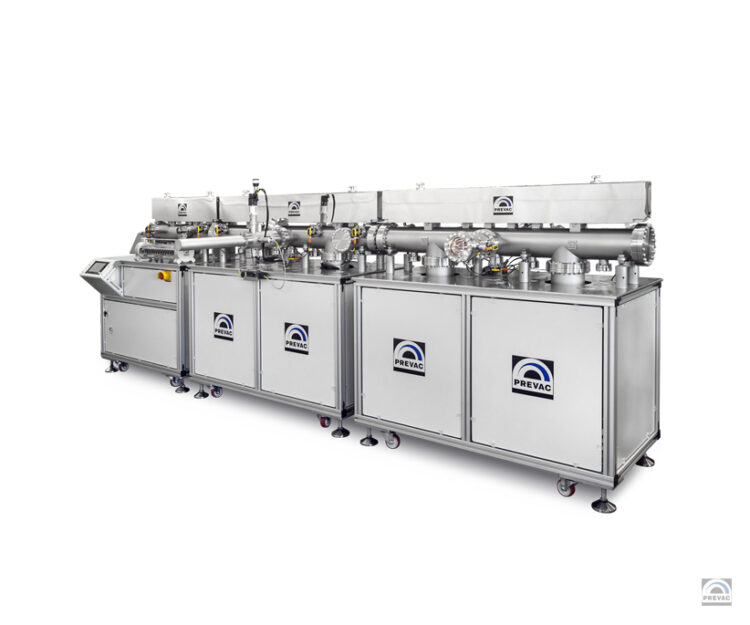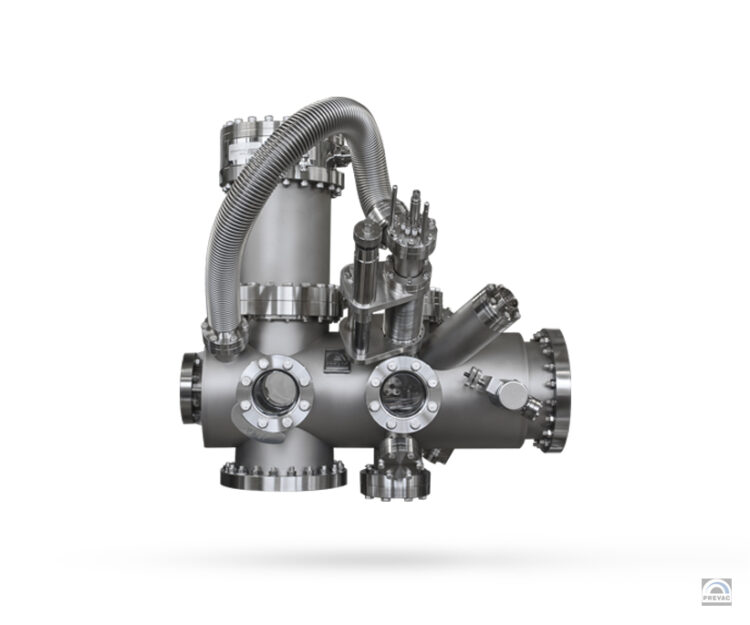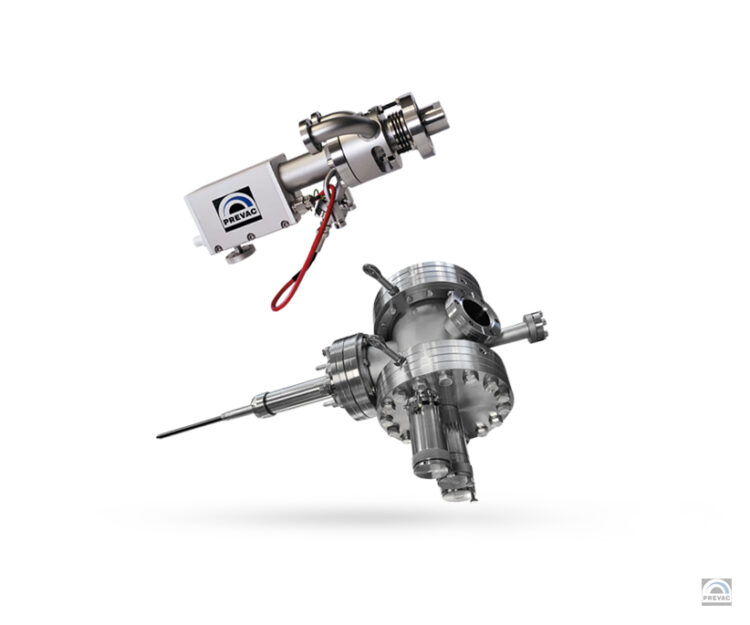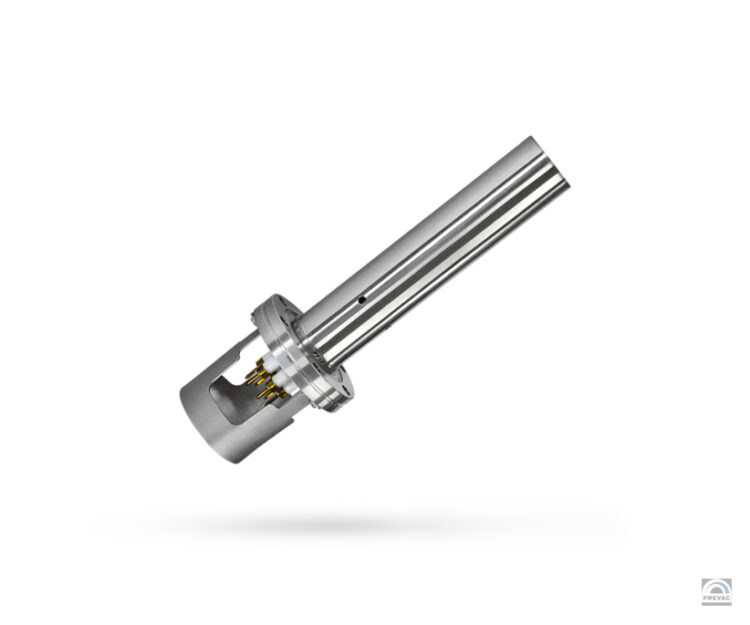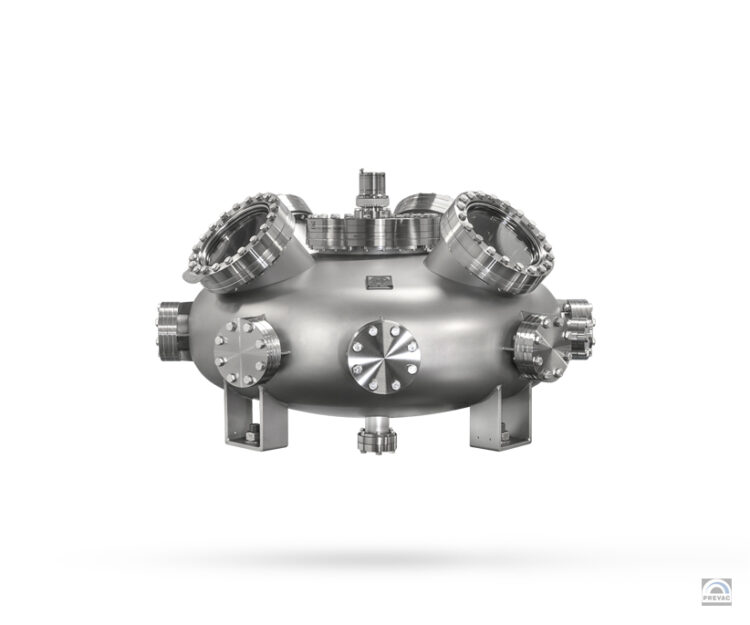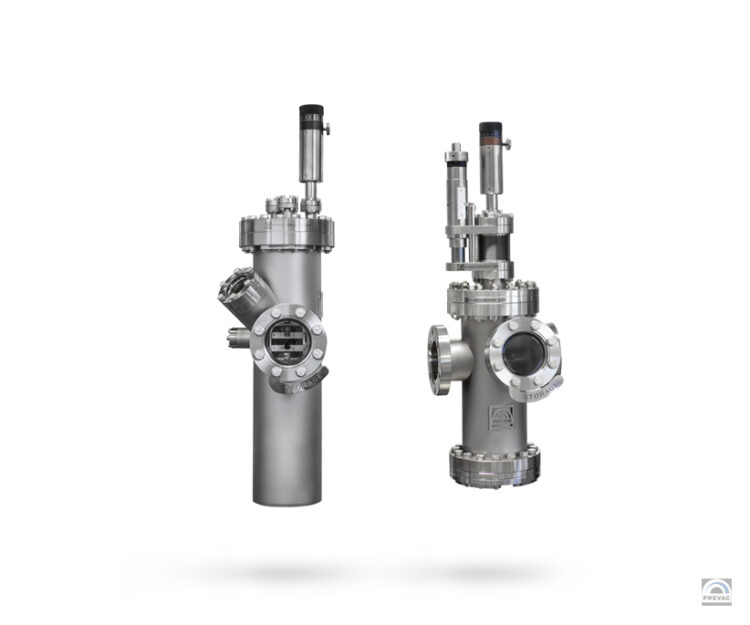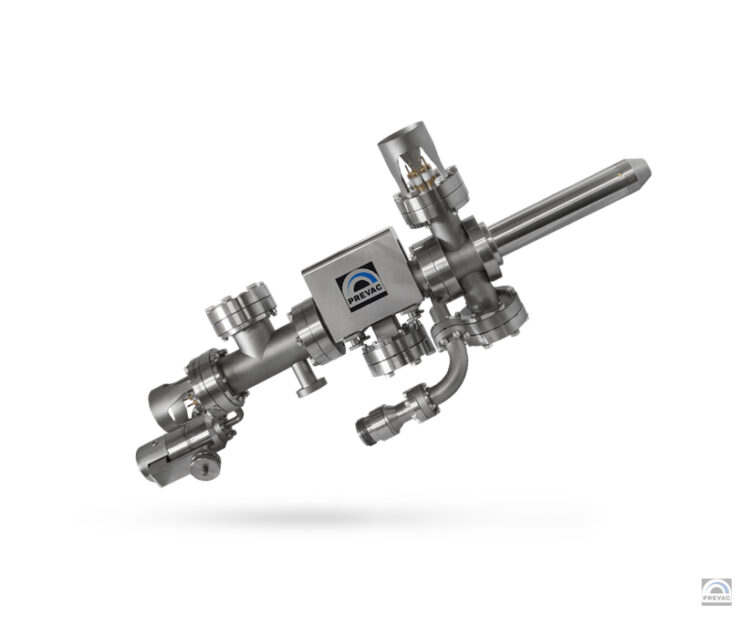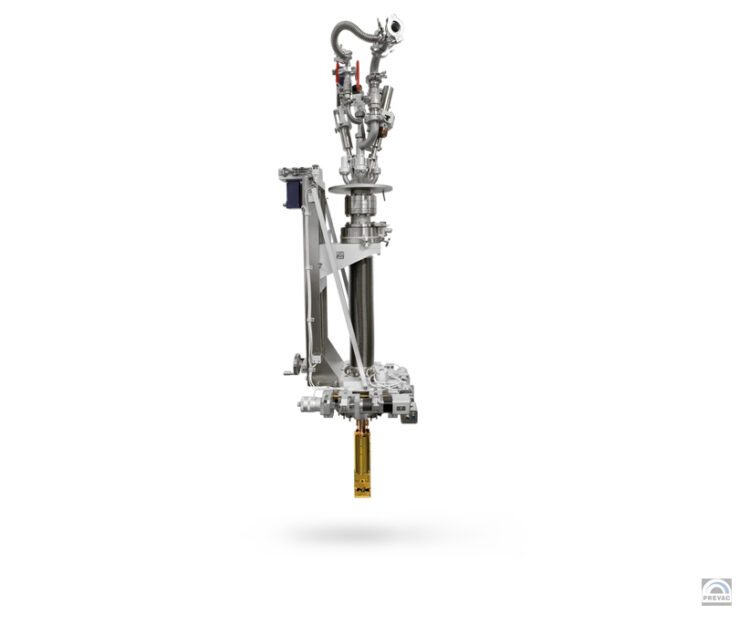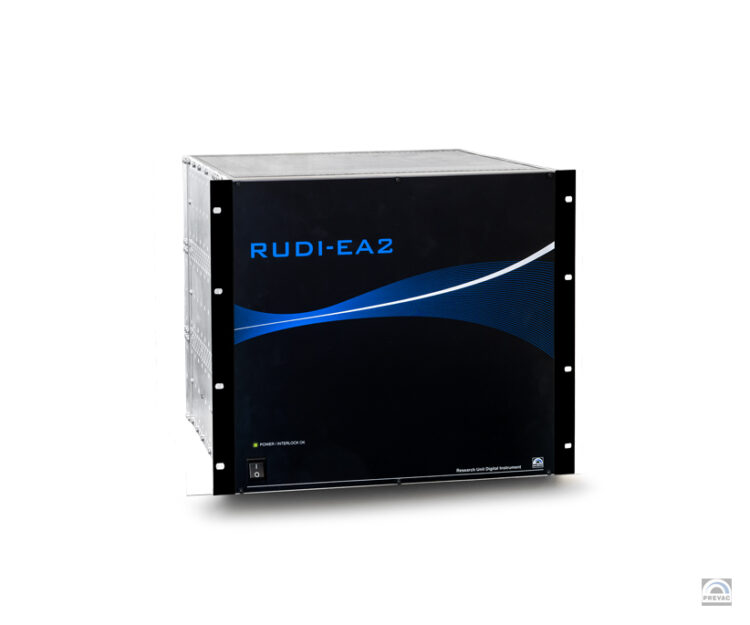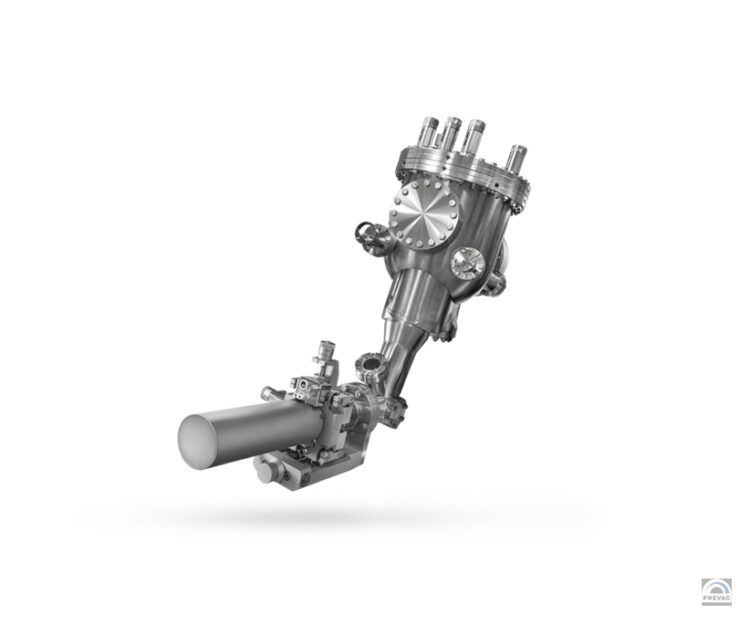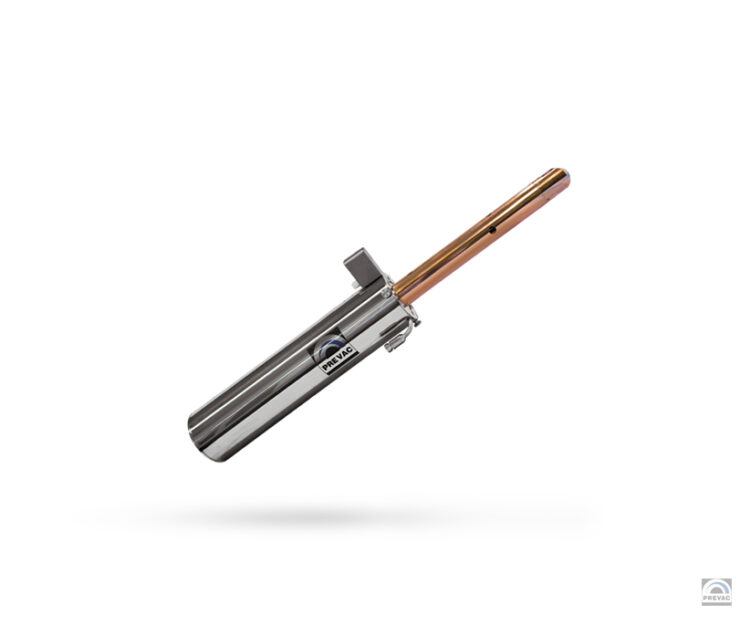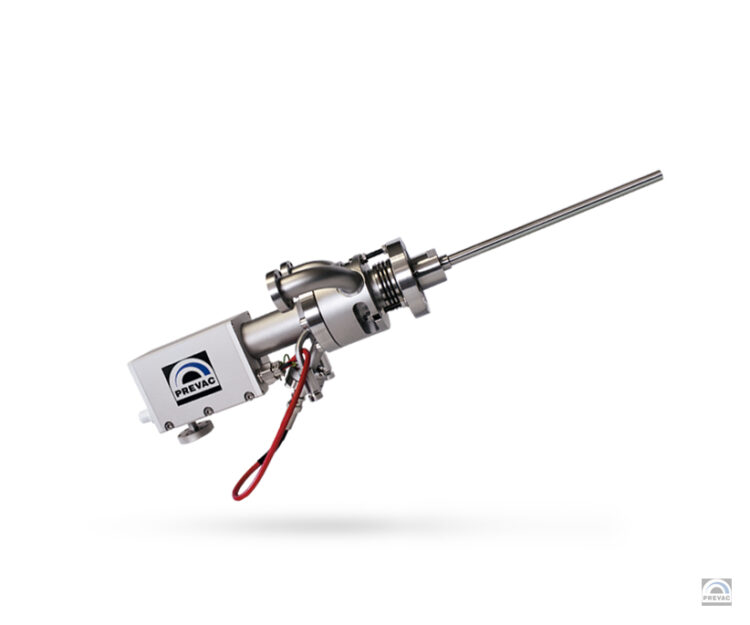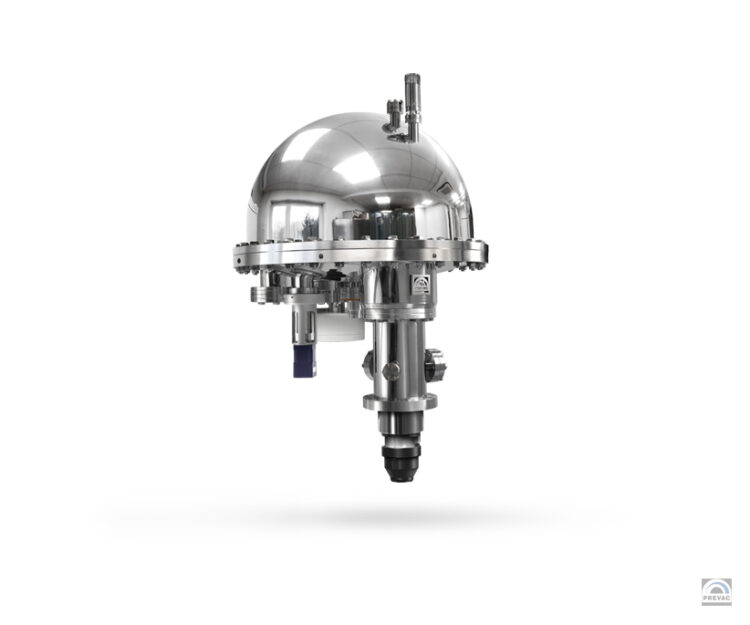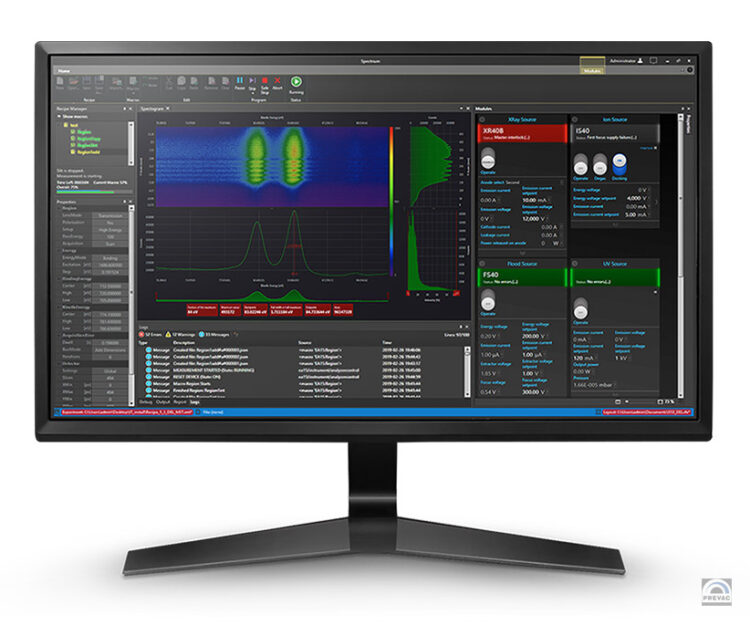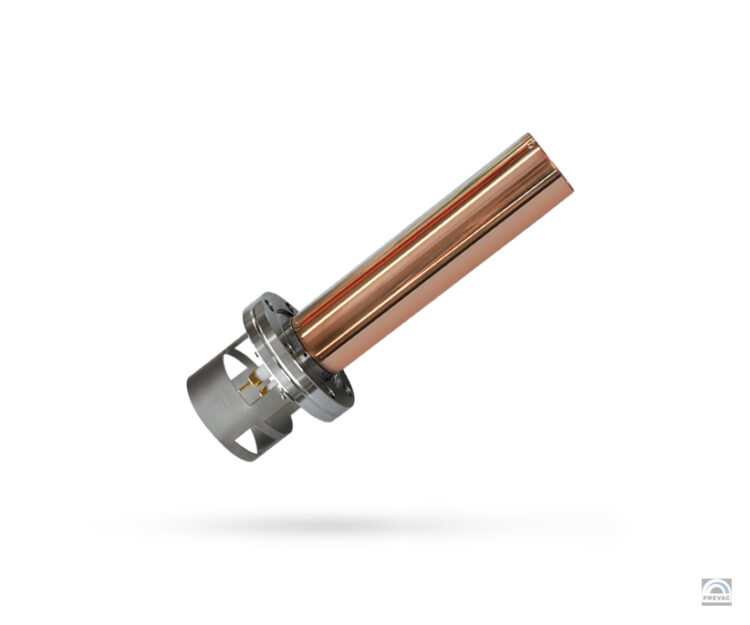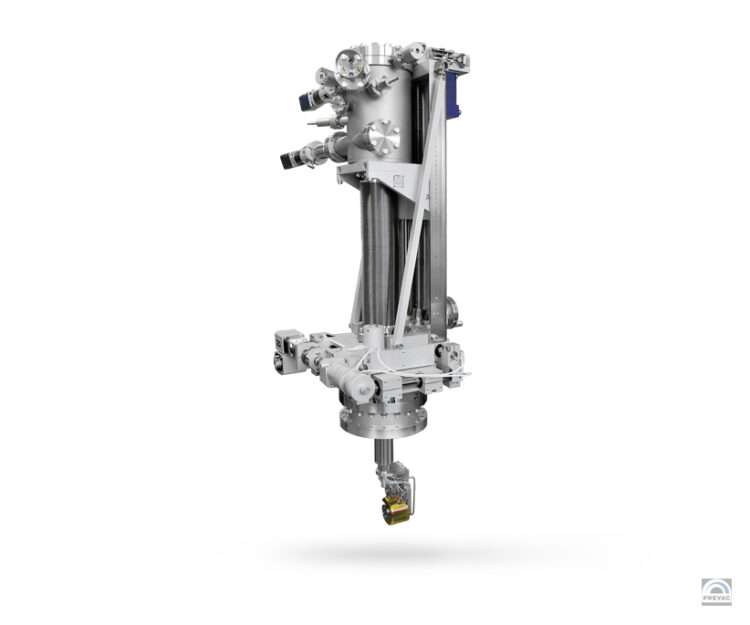Description
The analysis chamber is equipped with connecting flanges in UHV standard for connecting current and future equipment, including:
- hemispherical energy analyser with equipment,
- X-ray twin anode monochromatic source with a power supply,
- X-ray twin anode non-monochromatic source with a power supply,
- UV mono source with a power supply,
- UV source with a power supply,
- flood source with a power supply,
- electron source with a power supply,
- ion source with a power supply for depth profiling or cleaning,
- gas cluster ion source with a power supply,
- sample manipulator with a wide temperature range (from LHe/LN2 up to 1400˚C),
- pumping set (based on the backup pump, TMP, ion pump & TSP with a huge area LN2 shroud),
- vacuum gauges with equipment,
- entry port for linear transferring systems e.g. from load lock to analysis chamber,
- Load Lock chamber for the sample holders,
- LEED with equipment,
- IPES / LEIPS with equipment,
- viewports – observation windows,
- residual gas analyser.
The final design and functionality depend on the system configuration.
A pumping system is a combination of different types of pumps, e.g. forevacuum pumps, ion pumps, turbo pumps, or titanium sublimation pumps with a huge area LN2 shroud, individually selected to achieve the best pumping performance according to specific application demands.
If needed, the system’s modular design allows combining and integrating with any other research platform via radial distribution transferring solution or transferring tunnel.
Spectrium analysis control software allows integration and perfect cooperation of a hemispherical energy analyser, and sources of various types, enabling easy recipe writing, automated measuring control and extensive data recording. Allows integrating new additional components based on Tango open source device.
Techniques
Photoemission spectroscopy (PES) is an experimental technique and the main variant of electron spectroscopy. The method is based on the photoelectric phenomenon and the analysis of the kinetic energy distribution of photoelectrons. The energy emitted results from the surface sample’s excitation with electromagnetic radiation.
The PES technique is the most frequently used method of surface testing and examination of thin layers. It provides information: on quantitative composition, atomic bonds characteristics, layers thickness. The basic process (photoeffect) measures the emission of photoelectrons as a result of irradiation of matter with photons.
Includes analytical PES techniques:
- XPS – X-ray photoelectron spectroscopy
- HAXPES – hard X-ray spectroscopy
- UPS – ultraviolet photoelectron spectroscopy
- ARPES – angle-resolved photoemission spectroscopy
Additional techniques:
- IPES – inverse photoemission spectroscopy
- LEIPS – low energy inverse photoelectron spectroscopy
- AES – auger electron spectroscopy
- EELS – electron energy loss spectroscopy
- ISS – ion scattering spectroscopy

